How the site is developed, along with the underlying coding structure, plays a significant role on whether your site meets the usability requirements of your audience. Below are a number of individual elements that must be considered in every website design. While each plays a minor role over the total usability of a website, together they add up to be much more than the sum of their parts.
Look and feel
The overall look and feel of your site must meet your target audience's expectation. It's not enough just to look good, you will have visitors with industry specific wants and needs. Meet them.
Industry best practices
Site must be consistent with best practices and usability guidelines established by other sites in the same industry.
Design simplicity
Reduce visual noise as much as possible. Keeping the website design simplified keeps visitors interacting with your website rather than hunting through unnecessary design elements.
Searchability
Information on your site, including content, navigation, product categorization and site-search, must be clearly laid out and easy to understand and be effective at getting visitors to areas of the site they need.
Link descriptions
Adding descriptions such as link titles and alt attributes within each link can help overall usability, providing a reference to what should be expected if the visitor clicks the link. Encompassing more descriptive text within the link text is also highly valuable.
Links organized with lists
When referencing specific areas of your site and/or products all in a single paragraph, it can be beneficial to break the content into bulleted lists. This allows for easy scanning for desired information.
Breadcrumbs
Using breadcrumb menus provides an easy reference to the current page a visitor resides on, as well as their location in the overall site structure. These visual cues enhance the user's experience, even if not actually used.
Contact and support info
Links to contact, about us, and other customer support pages must be easy to find and obviously accessible to all visitors regardless of page or architectural location and obvious to access.
Font size
Font size should rarely be less than 10 points. Larger fonts are easier to read which can help gain conversions.
Font face
The Verdana font was developed specifically for web use for its ease on the eyes when viewed on a computer monitor. Serif fonts such as Times should be avoided. Also keep the number of fonts used to a minimum.
Font scalability
Allow visitors to resize the text size in their browser by using scalable rather than fixed-width fonts. This allows visitors additional convenience based on their needs.
Short sentences
Long sentences can often be difficult to follow. Sentences should be kept short (under 15 words) in order to enhance overall comprehension.
Paragraph width
Using a fixed-width website design can improve readability of content. Variable width designs cause sentence stretching, making it more difficult for the reader to maintain their place as they read.
Color usage
Important visual cues should not rely on color only. Site must be able to maintain navigation effectiveness without color dependency.
Contrast
Provide significant contrast between text, background and other elements on the page. Dark text on a light background is preferred for easy reading.
Saturated colors
Avoid the use of saturated colors. Such colors can quickly cause eye fatigue, forcing the visitor off the site looking for more browsable websites.
Animated graphics
Repetitive animated graphical content is distracting and reduces retention. Avoid any animations that don't specifically enhance the user-experience and keep visitors focused on what's important.
Action objects
Areas and objects of your website that request/require action should be visually different from other objects. Linked images and text should stand out significantly from non-linked.
Graphics, multimedia & plugins
All additional components added to the website must be more than mere eye-candy. Each graphical and multimedia addition should enhance rather than distract from the visitor's experience.
Link formatting
Standard link formatting (blue and underlined) should be used for textual links and it should be apparent when a link has been visited.
Text coloring
Standard paragraph text should not be the same color, or near the same color, as standard link text. A clear distinction should be made between the two.
White space
Site should use white space liberally and avoid cramming pages with too much information, causing unnecessary clutter.
Horizontal scrolling
Site design should never require visitors to scroll horizontally when browser is in full-screen mode. All information should be assessable with only vertical scrolling required.
Printing
Pages should be designed to provide easy-to-read documents when printed. Printer friendly pages or a print version of the CSS file should be considered.
Browser functionality
Site should not disable visitor's normal browser functionality such as right-click mouse, back button navigating, and forcing links to open in new or resized browser windows.
When it comes to improving usability to achieve higher conversions, there is no more obvious place to start than in your website design. More often than not we've seen websites undergo a complete re-design and then find their conversion rates jump overnight, without any additional traffic being brought to the website. Usability should not be an afterthought to the design process, but should be on the forefront driving the design from the ground up.





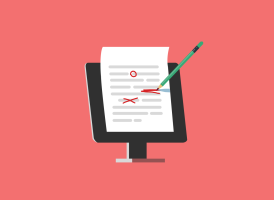

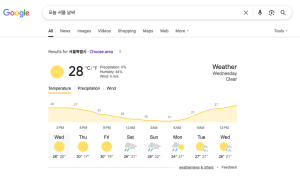

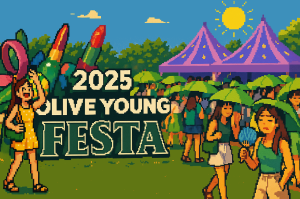
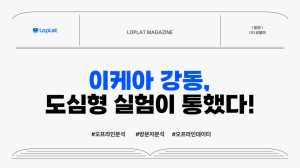
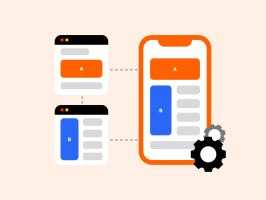
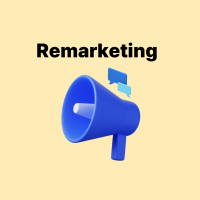
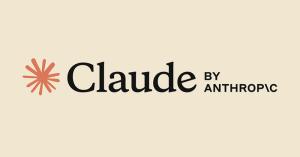


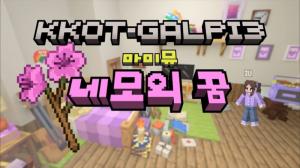











새댓글
전체보기